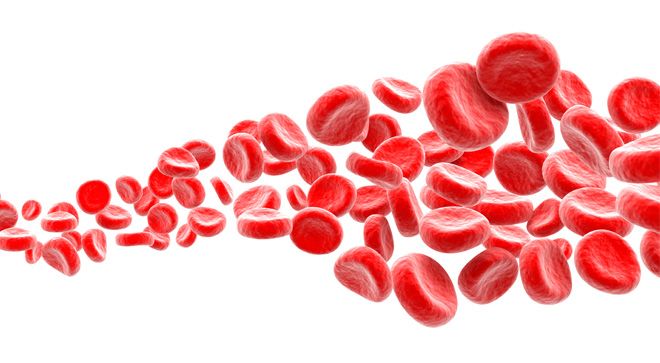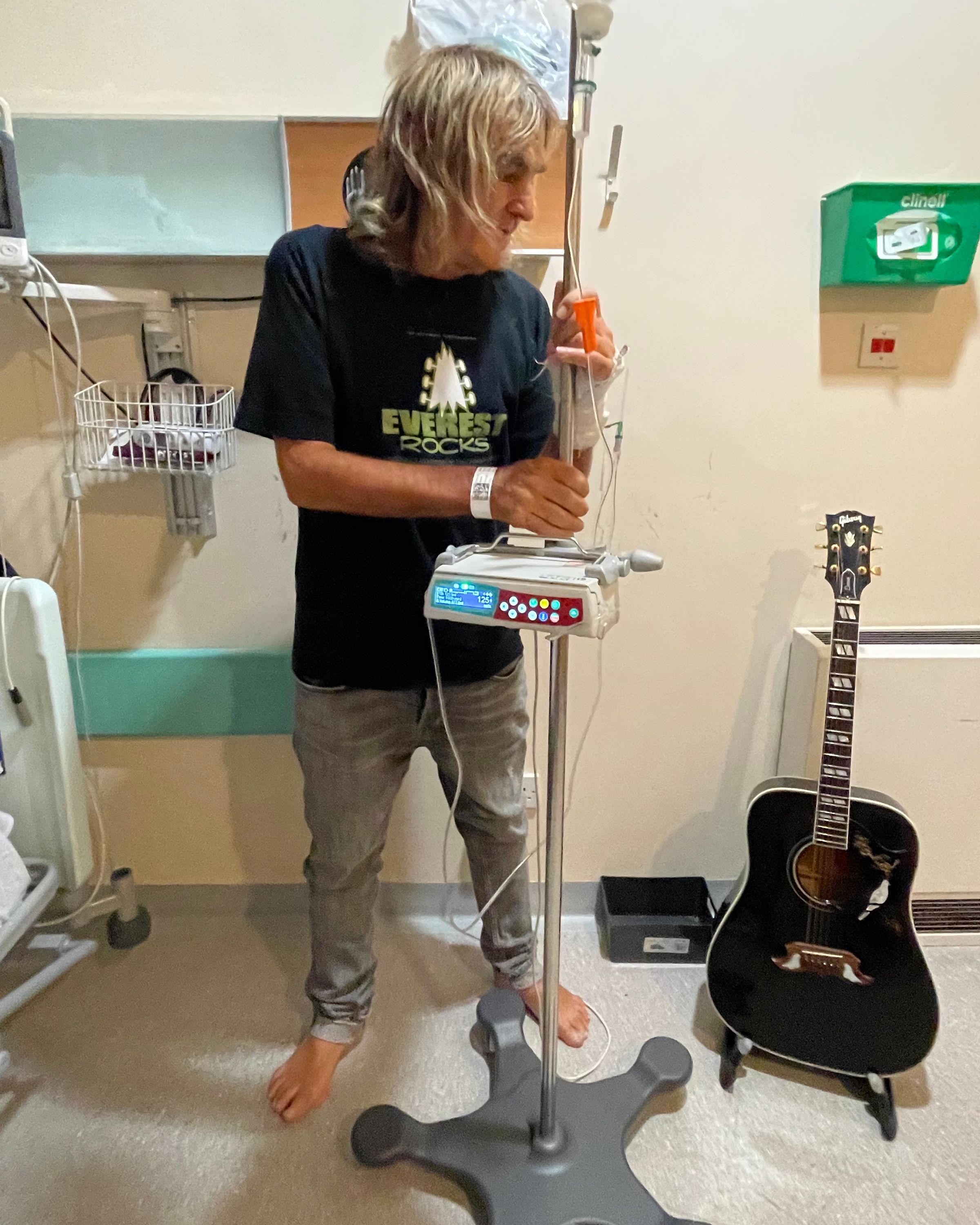Article
Two-Drug Combo Elicits Similar Outcomes to Standard of Care in Young Patients With Non-Hodgkin Lymphoma
Author(s):
The use of bendamustine and Rituxan plus autologous stem cell transplantation and maintenance Rituxan resulted in similar outcomes to other Rituxan-based regimens that are currently the standard of care for young patients with mantle cell lymphoma, a type of non-Hodgkin lymphoma, who are eligible for transplant.
Most young patients with transplant-eligible mantle cell lymphoma (MCL), which is a type of non-Hodgkin lymphoma, achieved a response after receiving treatment with bendamustine and Rituxan (rituximab) — a combination known as BR — plus autologous stem cell transplantation (ASCT) and maintenance Rituxan, according to recently published findings.
The data — which were published in the journal Blood Advances — demonstrated that BR plus transplant and maintenance Rituxan induced similar outcomes to Rituxan, cyclophosphamide, hydroxydaunorubicin hydrochloride (doxorubicin hydrochloride), Oncovin (vincristine) and prednisone — known as R-CHOP — and Rituxan, dexamethasone, cytarabine, and cisplatin — known as R-DHAP.
Findings from the study showed an overall response rate (the percentage of patients whose disease shrinks or disappears because of treatment) of 90% for patients treated with BR, with 54% achieving complete response (where there is no detectible disease after treatment). Of these patients, 77% (75 patients) proceeded to ASCT, and 78% received maintenance Rituxan.
The overall response rate for patients treated with R-CHOP/R-DHAP was 94%, with 54% achieving complete response. Of these patients, 78% (181 patients) proceeded to ASCT, and 2% received maintenance Rituxan.
Moreover, at an average follow-up of 4.3 years in the BR group and 7.1 years in the R-CHOP/R-DHAP group, there was not a statistically significant difference in progression-free survival, defined as the time from treatment until disease gets worse, between the two groups.
The current first-line standard of care for young, fit patients with MCL is the combination of Rituxan and cytotoxic chemotherapy followed by high-dose chemotherapy and ASCT, followed by maintenance Rituxan.
Previously, the phase 3 MCL Younger trial found that alternating R-CHOP/R-DHAP and ASCT can lead to a longer time to treatment failure and a longer overall survival compared with R-CHOP and ASCT alone.
Additionally, the phase 3 LYMA trial found that three years of maintenance Rituxan after four cycles of R-DHAP plus ASCT may improve progression-free survival and overall survival over observation. These data, as well as results from other previous trials, indicate the potential benefits of BR in the transplant-eligible MCL population.
READ MORE: Decades of MCL Treatment Advancements a ‘Godsend’ for Patients
This study investigated overall response rates and compared outcomes of progression-free survival rates between two groups of transplant-eligible patients ages 18 to 65 years with stage 2 to 4 MCL.
Both groups were formed using the retrospectively applied eligibility criteria from the MCL Younger trial, which included previously untreated patients ages 18 to 65 years with stage 2 to 4 histologically proven diagnosis of MCL, measurable disease, and a World Health Organization (WHO) performance of less than 2, meaning that they were able to carry out all self-care activities.
Both groups had similar disease characteristics.
Patients were excluded from the study if they had an EGOC performance status (PS) between 3 and 4, indicating that they were severely limited in performing daily tasks; if they were pregnant or lactating; or if they had severely impaired pulmonary, cardiac, renal, or hepatic function unrelated to lymphoma.
The real-world BR group comprised 97 patients with stage 2 to 4 MCL who had been treated with first-line BR between June 2013 and January 2020. Compared with the R-CHOP/R-DHAP group, the patients in this group were older, had slightly worse performance statuses and had a greater proportion of Ki67 levels (percentage of cancer-containing cells in a sample) greater than or equal to 30%.
The BR group received six cycles of first-line BR, followed by ASCT and maintenance Rituxan.
The R-CHOP/R-DHAP group was composed of the 232 patients in the R-CHOP/R-DHAP arm of the MCL Younger trial who were included in the primary analysis from July 2004 to March 2010. These patients received three cycles of R-CHOP alternating with three cycles of R-DHAP for a total of six cycles, followed by high-dose cytarabine chemotherapy, total body irradiation conditioning, and ASCT. Patients in the MCL Younger trial were not recommended to receive maintenance Rituxan after ASCT, as it had not yet been established as the standard of care.
The main goal of this trial was improved progression-free survival. Secondary end points included event-free survival (defined as the time from the initiation of first-line therapy to the date of first progression or relapse, date of next lymphoma therapy, or date of death from any cause), response rates, ASCT rates, time to next treatment (time from the initiation of first-line therapy to the initiation of the next line of therapy) and overall survival.
Additional findings demonstrated that the five-year progression-free survival rate was 76% in the BR group, compared to 68% in the R-CHOP/R-DHAP group.
The five-year event-free survival rates were 70% in the BR group, compared to 65% in the R-CHOP/R-DHAP group. The five-year overall survival rates were 79% in the BR group, compared to 77% in the R-CHOP/R-DHAP group.
There were 16 (15%) deaths in the BR group from lymphoma progression (twelve patients), secondary neoplasia (three patients) and unrelated causes (one patient), with no treatment-related deaths. There were 93 (40%) deaths in the R-CHOP/R-DHAP group from lymphoma progression (38 patients), salvage treatment (15 patients), ASCT (nine patients), cardiac issues (two patients), secondary neoplasia (11 patients), unclear causes (11 patients) and unrelated causes (seven patients).
This study found no differences in outcomes between the two independent groups. These findings demonstrate that treatment with BR, followed by ASCT, and maintenance Rituxan is comparable to R-CHOP/R-DHAP with ASCT and observation in terms of efficacy and feasibility for young, transplant-eligible patients with MCL.
Going forward, additional randomized studies in MCL, such as the phase 3 TRIANGLE study and the phase 2 ECOG/ACRIN 4181 study will evaluate the addition of novel agents, such as BTK inhibitors to frontline chemoimmunotherapy.
For more news on cancer updates, research and education, don’t forget to subscribe to CURE®’s newsletters here.





